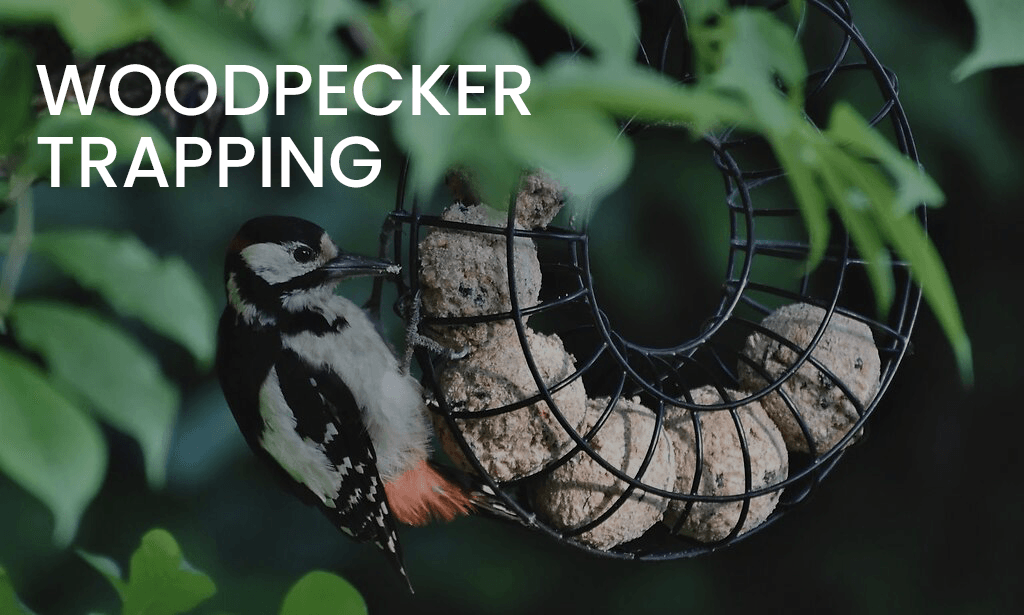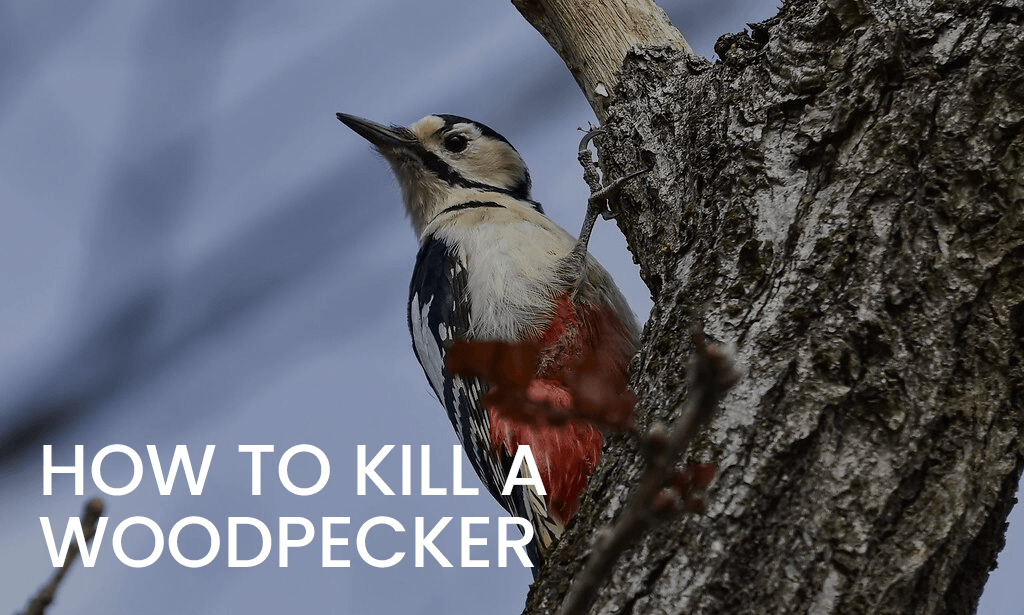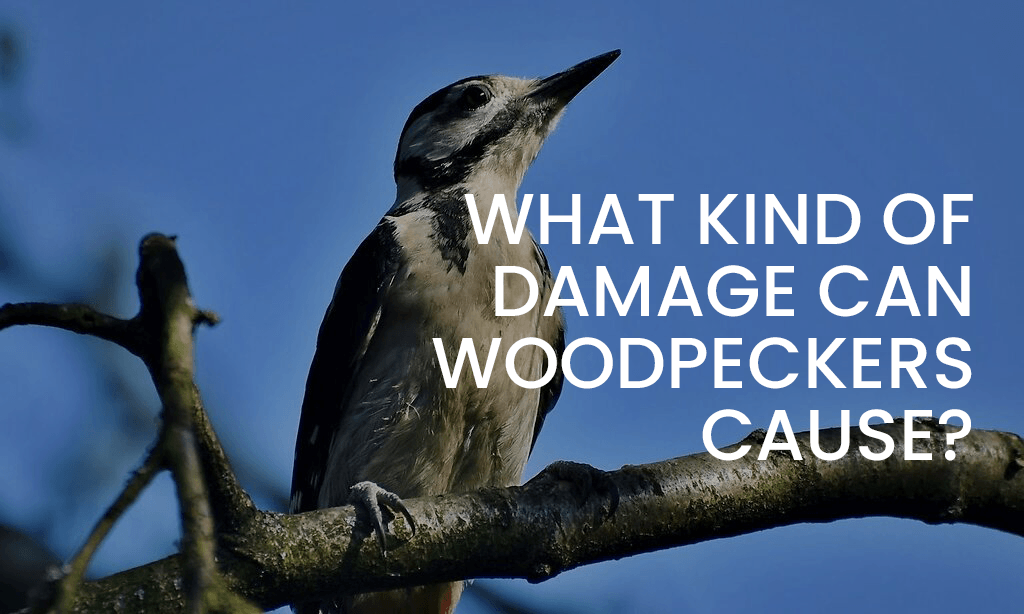For many people, encountering a woodpecker is quite an enchanting experience ... at first. It’s not often that we are given a glimpse of these wild critters in their wild habitats, so it’s actually quite wonderful to see it from time to time. That is, of course, until the woodpecker in question starts tapping’ on the side of your home, causing all sorts of damage, not to mention the noise. It’s pretty safe to say that these creatures can be quite hard work when they’re uninvited.
Wooden homes are obviously going to come under attack from woodpeckers, or those with wooden siding and panels. More often than not, the woodpecker is confusing your home with another great wooden structure — a tree. Also, with wooden features on your home you do run the risk of having bugs that often come with the material. If a bird senses food, it's going to try and go after it.
A small pecked hole soon becomes a very large pecked hole, and this not only leaves you with a sometimes costly repair bill on your hands, but also potentially problems with other wild animal invaders too. It takes a hole just the size of a quarter to let in a mouse, and it won’t take long before a rat can chew the hole to get through. Other animals come along then, attracted by the scents and pheromones, and as the animals get progressively bigger, so do the holes they create to gain access to your most prized possession — your home.
Preventing all of these things — this seemingly catastrophic chain of events — is easy when you stop ANY animal taking advantage of your home. This is when learning how to keep woodpeckers away from the house comes in quite handy.
Remove Food Sources
As we’ve mentioned, one of the biggest reasons why woodpeckers might visit your home is because they believe the wooden structure is a tree. This is more so the case when you have a bug infestation which, in many cases, the homeowner might not even be aware of.
When was the last time your wooden features were treated? If they haven’t been done in a long time, isn’t it about time you got them done? This can help to prevent bug infestations and, in turn, prevent larger animals, such as woodpeckers, from hanging around.
Fix Holes as Soon as You See Them
If a woodpecker sees one hole, it’s going to think there’s something worth banging a hole for, so it’ll do just that. It’ll either work on the original hole, or create another one. Either way, that’s more damage to your home that you will need to repair at some point.
If you stuff a woodpecker hole as soon as you see it, the animal (and others) will be less inclined to come back.
Distraction Methods
Do you have a large tree or log at the bottom of the garden that you don't mind the woodpecker banging away on? The distraction could work quite well. At least then the bird won’t be bashing away at the wooden siding of your home. You could easily place food deliberately on the new tree or log to entice it there, then repair the damage when the bird has seemingly moved on. As we’ve said before, it’ll more likely return to a hole it started, so if you cover it back up again, the bird won't have a reason to come back.
Frighten the Bird Away
This is the one time when a noise device could actually work quite effectively against a wild animal, and that’s because woodpeckers are actually quite easily startled for a creature that makes so much noise itself.
Motion sensor-driven devices are a great idea, because they don’t allow the bird to get comfortable enough to start drilling away. As soon as it lands (within reach of the motion sensor), it will get a burst of something loud, and this might just encourage the creature away for good. That’s even more so the case if it happens every time.
Obviously, the pattern will need to be repeated for each woodpecker, if you have a problem with more than one.
Decoys and Dummies
If you get yourself a realistic bird of prey, such as an eagle, hawk or owl, you may have some luck in repelling the woodpecker. The larger birds often prey on the smaller woodpecker, and a realistic enough looking bird might just be enough to encourage the creature to hunt for food elsewhere. It’s not a foolproof tactic, but this bird is a rather timid one that definitely isn’t looking for a fight. If the threat of a fight looms, the first thing the bird will do is fly off into the sunset.
Whichever method you decide to use, you must remember to eat wooden features of your home to ensure they do not have the opportunity to become infested with insects and other bugs. This is a recipe for disaster. These insects and bugs will attract birds, as well as other insects and bugs, and rats and mice too. They will then attract larger animals, such as raccoons or snakes, and the cycle continues. It is often the case that you need to use more than one method at once, and this is highly advisable when you have a problematic woodpecker.
Trapping shouldn’t be attempted by anyone other than a trained professional, to ensure the safety and welfare of the animal, as well as the human trying to catch it!



